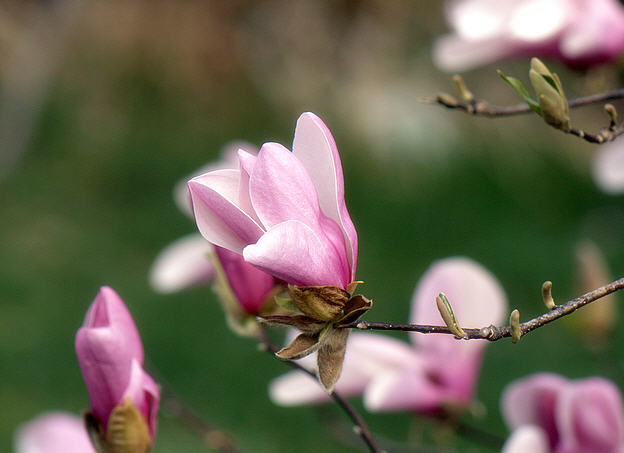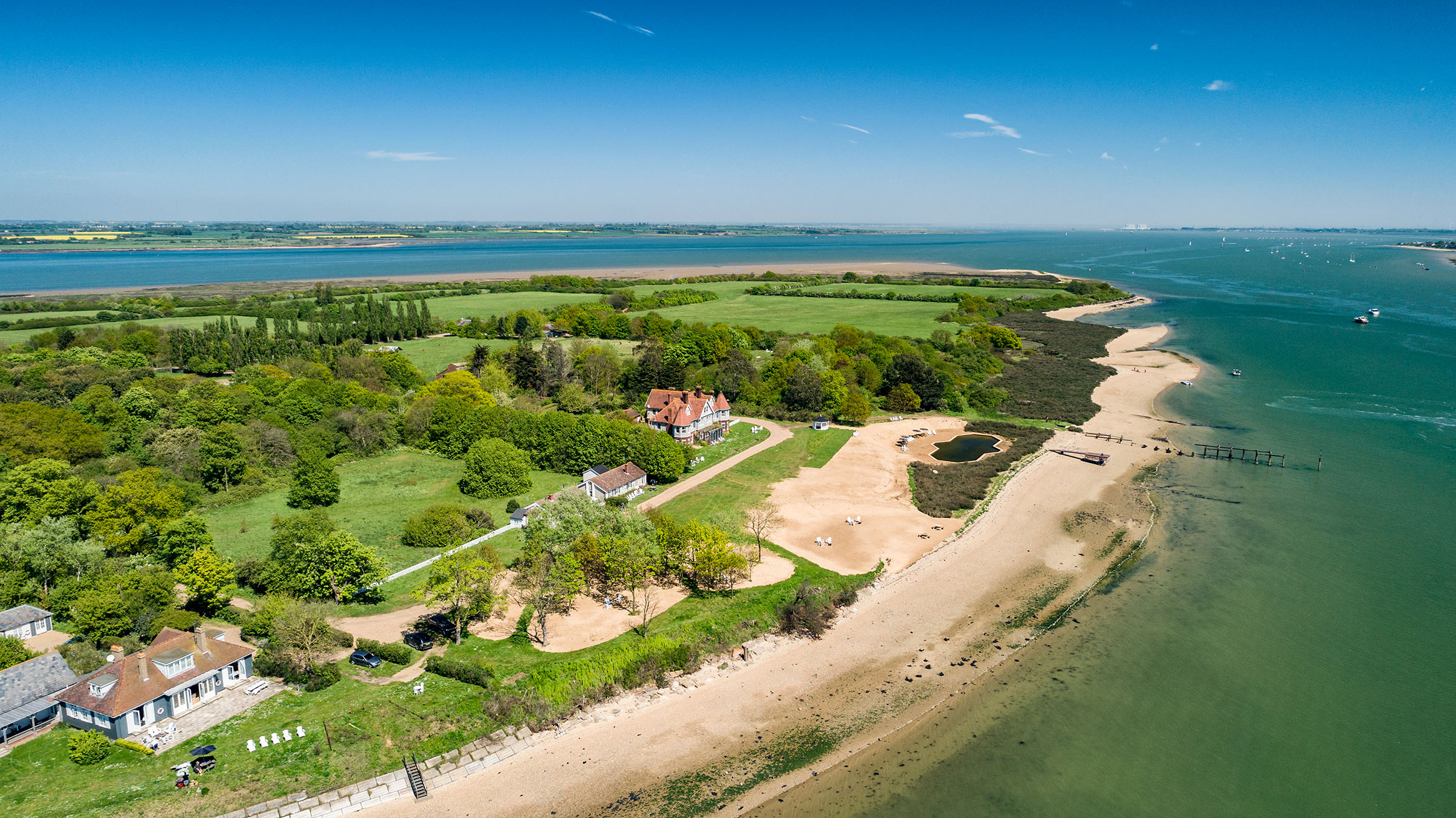April in the garden
Although his traditional six-month cycle in the garden has changed thanks to global warming, Michael Heseltine remembers an important part of gardening is to relax


For the manic many to whom gardening is an obsession (my wife and I are founder members), there is never a day when a garden lacks interest. But there are moments that stand out; April is one.
Around every corner, Prunus and Magnolia now steal the show, although we have to wait until early summer for my favourite?Magnolia wilsonii or its virtually identical twin, M. sieboldii. I have often wondered what the planthunter Ernest Wilson must have felt when he first stood beneath the magnolia which was given his name, and looked up at those elegant, purple-centred white cups. A breathtaking experience. A new one here is Magnolia Black Tulip?a gem with a rounded cup of the deepest red.
Another dark magnolia with a rather larger flower but slightly paler colour is Felix Jury, from the famous New Zealand grower of that name.
Stachyurus praecox grows here as a large shrub in semi-shade, producing long, pale lemon racemes before the leaves appear. I believe you can bring it down to earth by hard pruning after flowering, but ours is allowed its freedom and appreciates it. The USP (unique selling pro-position to those of you without a marketing background) of our spring garden is the Anemone blanda. They were here 30 years ago when we first came. We have a sea of the brightest blue filling every corner, each star-like flower smiling at the sun with devoted gratitude. They also spread into shadier parts. Ours are virtually all an intense pale blue with the odd white one growing among them. They are readily available in the trade, and come with a wider colour choice, including reds. They are spreading as if there is no tomorrow in parts of the garden here, so 10 years ago, we decided to create a grove of white-stemmed Betula jacquemontii and underplant with Anemone blanda, followed by bluebells. Great idea, you might say. On paper ?but not, so far, in practice. We are going to try again using a much less aggressive grass seed than the one with which the anemones presently have to compete.
Cutting the grass dominates our gardening life here at Thenford, and it used to divide the year neatly in half. From March to September, the grass kept the gardeners busy much of the time, and at your peril did you allow things to get out of hand. But global warming has frayed the edges of this simplistic time frame. Well into October, the grass keeps growing. Even in February, we peer into warm, well-protected suntraps, fearful of the sight of grass needing mowing.
Why is this important? It is because we always have a winter agenda of 'things to do'. Sometimes they are quite ambitious things?this year, we've dug (actually, are still digging) a lake. There is always one common factor; the agenda is always conceived to reach its conclusion within six months? but it never does. Every year in March, a crisis meeting focuses on a list of uncompleted items?including those added after the original agenda. One never learns. So what is the moral of the story? It's simple. Relax! It's a garden you're organising, not a hedge fund or a conglomerate. It is such all-consuming, endlessly absorbing fun.
By the end of April, a bit of extra effort and, above all, nature's healing ways will have restored calm and order. The gravel heaped up in ridges on the sides of the path is transformed after a go with the rake. Twigs scattered by those ever-more damaging winds have gone to the bonfire (I hope this is still legal) and, of course, grass rapidly restores itself in patchy tracts. A little seed can help.
Sign up for the Country Life Newsletter
Exquisite houses, the beauty of Nature, and how to get the most from your life, straight to your inbox.
We have a significant planting of Epimedium x versicolor Sulphureum. The smart thing to do is to cut out last year's foliage just before the first signs of the new flowers appear. We left it too late, so I attacked the old leaves with my secateurs to avoid damaging the dainty, pale lemon flowers.
Halfway through, with an aching back and worn out by the north wind, I decided to leave the job half done, thus creating a backdrop of dull plum leaves for the exposed flowers at the front and a shield for the others to nestle in. I think it looks rather good.
Country Life is unlike any other magazine: the only glossy weekly on the newsstand and the only magazine that has been guest-edited by HRH The King not once, but twice. It is a celebration of modern rural life and all its diverse joys and pleasures — that was first published in Queen Victoria's Diamond Jubilee year. Our eclectic mixture of witty and informative content — from the most up-to-date property news and commentary and a coveted glimpse inside some of the UK's best houses and gardens, to gardening, the arts and interior design, written by experts in their field — still cannot be found in print or online, anywhere else.
-
 380 acres and 90 bedrooms on the £25m private island being sold by one of Britain's top music producers
380 acres and 90 bedrooms on the £25m private island being sold by one of Britain's top music producersStormzy, Rihanna and the Rolling Stones are just a part of the story at Osea Island, a dot on the map in the seas off Essex.
By Lotte Brundle
-
 'A delicious chance to step back in time and bask in the best of Britain': An insider's guide to The Season
'A delicious chance to step back in time and bask in the best of Britain': An insider's guide to The SeasonHere's how to navigate this summer's top events in style, from those who know best.
By Madeleine Silver